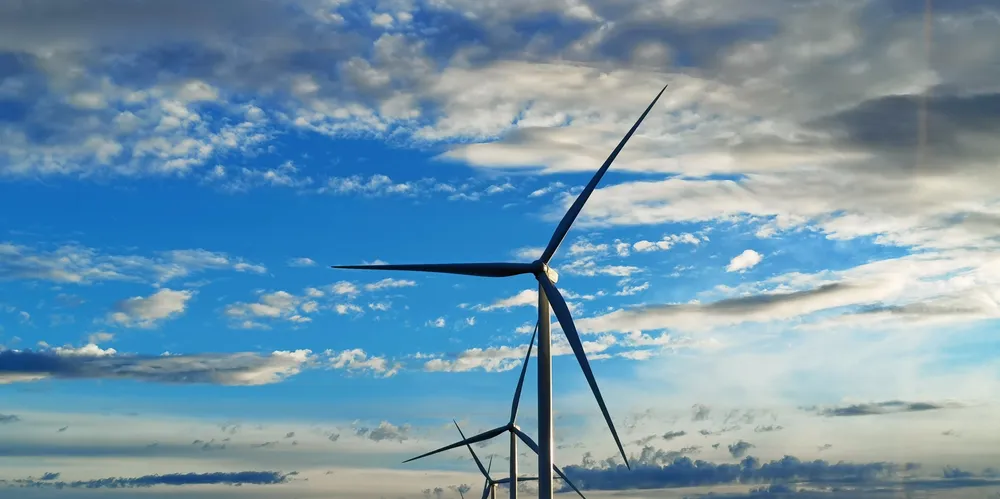Where will it be cheapest to produce green hydrogen? IEA's new interactive data tools show some surprising results
Agency’s new levelised cost of green hydrogen map shows that world's windiest locations come out on top

Agency’s new levelised cost of green hydrogen map shows that world's windiest locations come out on top
